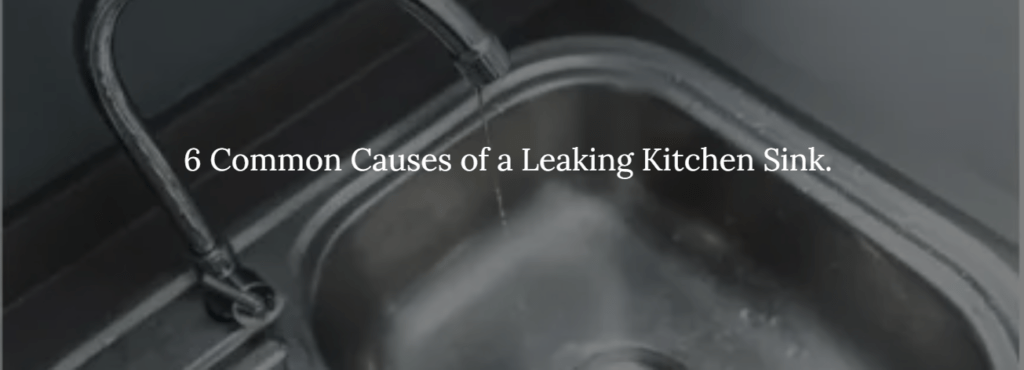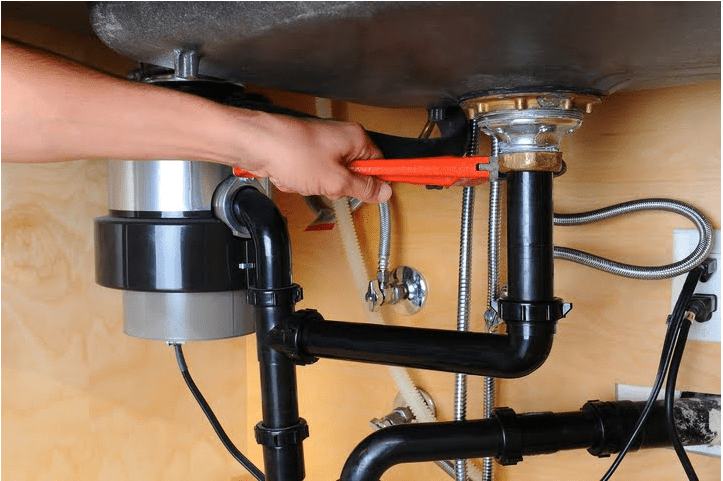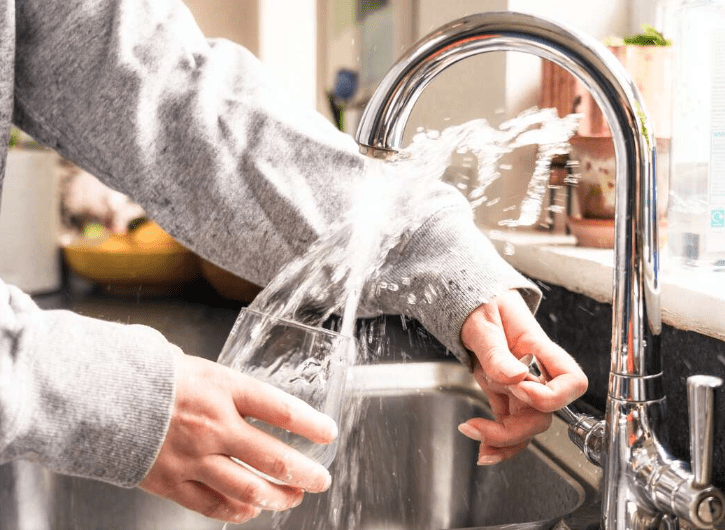
A kitchen sink is an important part of any household. A sink offers a convenient and efficient way to wash your hands, dishes, and vegetables. Among the common issues homeowners encounter with their sinks is leakage. A leaking sink can cause a lot of inconveniences and issues, such as water damage and mold growth, which can be hazardous to your health.
Below, let’s look at the common causes of a leaking kitchen sink.
Contents
1. Improper Pipe Connections

The plumbing under a kitchen sink has various fittings and pipes that connect the sink’s drain to the household drainage system. When the connections become loose, faulty, or damaged by vibration or regular use, the sink will start leaking. To ensure the connections are secure and don’t have any signs of corrosion or wear, an inspection should be done regularly.
After an inspection, you should take the right action. If the connections are loose, tighten them with an adjustable wrench. However, if the connections are corroded or damaged, they should be replaced immediately. Replacing the fittings will save you money in the long run and keep your sink link-free.
2. Improper Installation
When installing a kitchen sink, a variety of components are involved. The components include the drain assembly, sink basin, faucet, and plumbing connections. If the components are not installed correctly, your sink will leak sooner or later. To prevent this issue, ensure your sink is installed and maintained by an experienced plumber.
If the sink was installed by an inexperienced or unlicensed plumber, you can hire an experienced expert to correct the issue. An experienced plumber can access the issue and fix it. While DIY plumbing might seem like a cost-effective option, it is an unreliable option that can cost you more in the long term. Always play it safe and let professionals handle the plumbing.
3. Silicone Erosion
Another cause of sink leakage is silicone erosion around the sink’s ridges. This issue usually occurs in traditional top-mount and under-mount sinks. When the silicone starts wearing off, the gap between the ridges offers a direct getaway for water.
Plumbers put the silicone visible from the corners of the sink. With time, the silicone starts trapping dirt and grime which must be cleaned. Because of consistent scrubbing, the silicone will eventually corrode, leaving gaps that trap water in between the ridges. With time, moisture will slowly seep into the crevices of your cabinet, causing mold growth which, can be dangerous. Also, the mold will cause the wood to eventually rot, and by the time you see the rot, the damage is beyond repair.
Related: Why is My Kitchen Sink Draining Slowly?
4. Damaged Sink
The other possible reason for a kitchen sink leak is the damaged sink itself. Because a sink is used every day, it can start developing chips or cracks. The cracks can cause water to leak through and damage the surrounding areas under the sink. If you notice any damage to your sink, contact a professional to replace the sink so you can prevent further leaks and water damage. Also, ensure your sink is inspected regularly to keep it in good condition.
5. Clogged Drain
If the sink’s drain is clogged, it will start to leak. When any part of the pipe leading from the sink is clogged, water accumulates and overflows, causing leaks around the sink. To prevent the sink’s drain from clogging, you must take care of the drain. Things such as food debris, debris, and grease should not go inside the drain because they will cause blockages. You can use a screen or drain strainer to catch food particles. Avoid pouring anything solid into the kitchen sink. In addition, use a plunger or any other DIY method to ensure your sink is always working smoothly.
6. High Water Pressure

Lastly, water pressure is another factor that can cause a kitchen sink to leak. If the pressure coming from the faucet is too high, it can cause a strain on the sink’s plumbing and create small cracks in the seals or pipes, resulting in leaks.
It is important to ensure the water pressure is friendly to the sink. You can check the kitchen faucet’s water pressure using a gauge to ensure it is within the recommended range. If the water pressure is too high, install a water pressure regulator that will help minimize the risk of leaks.